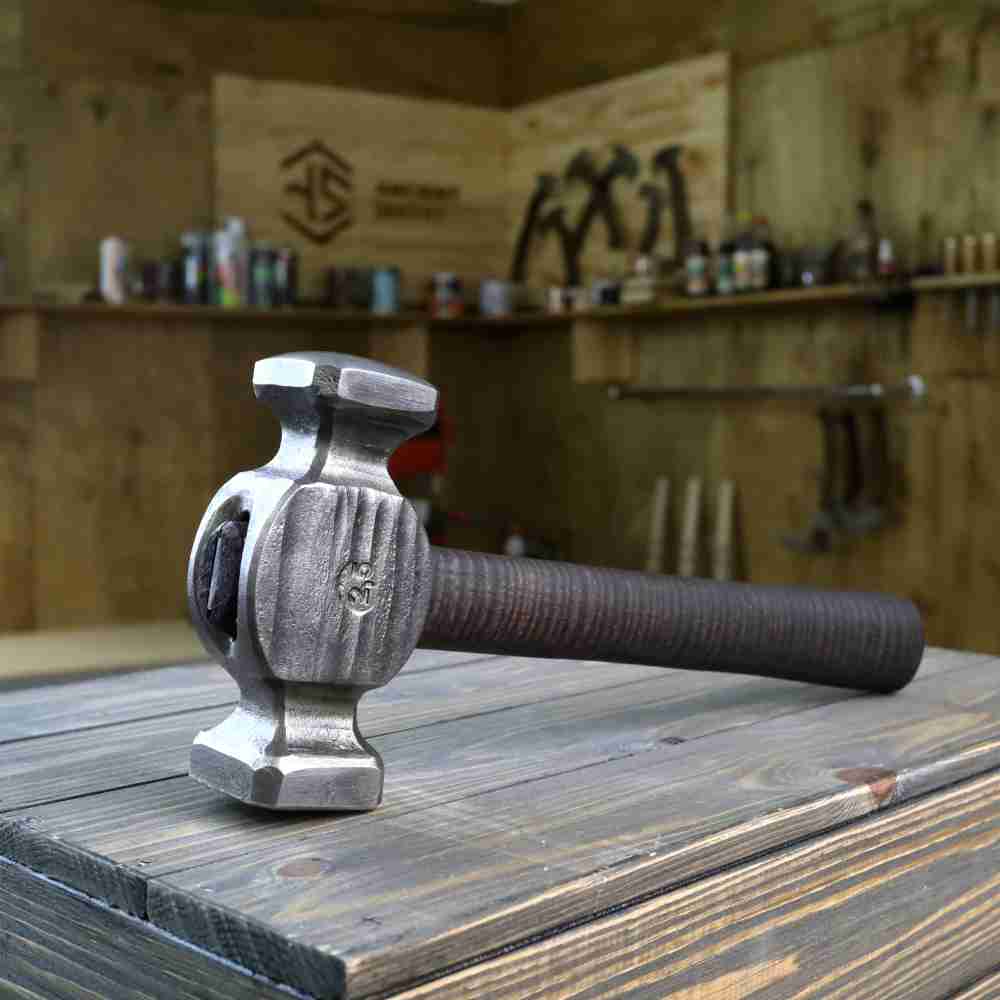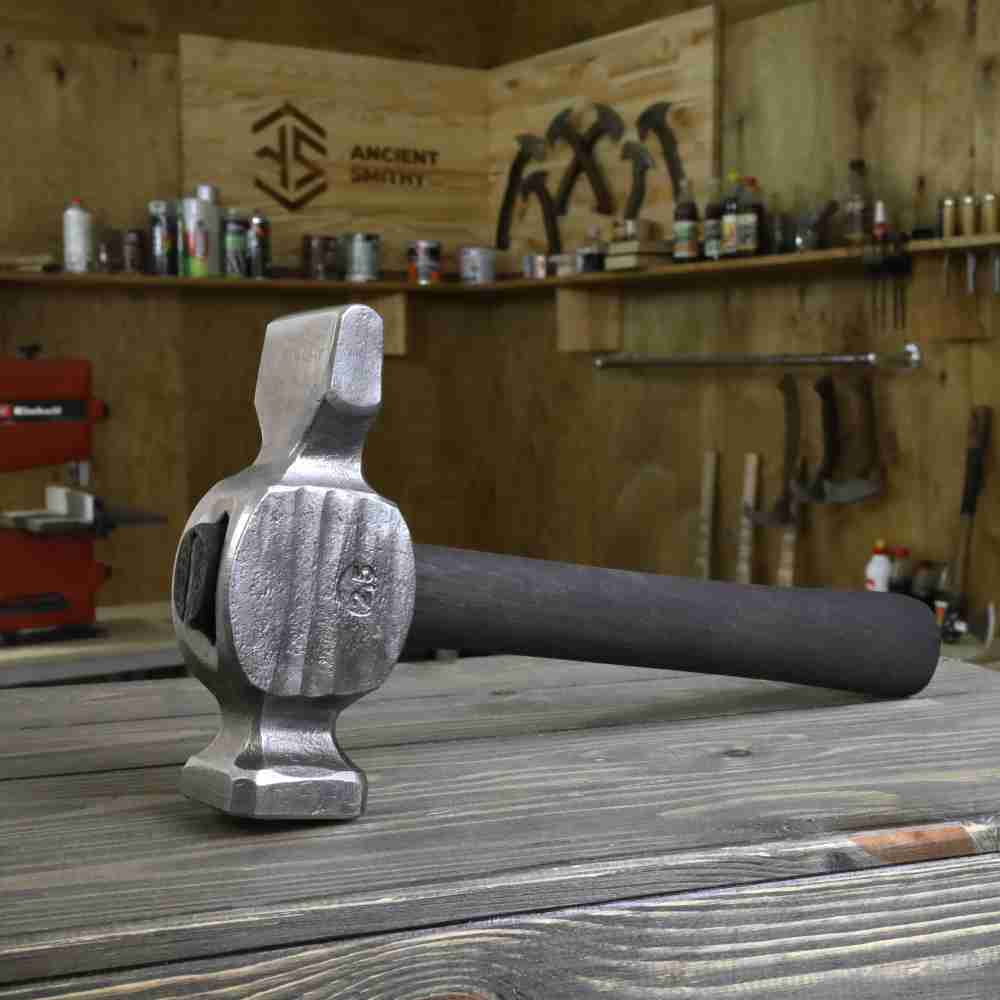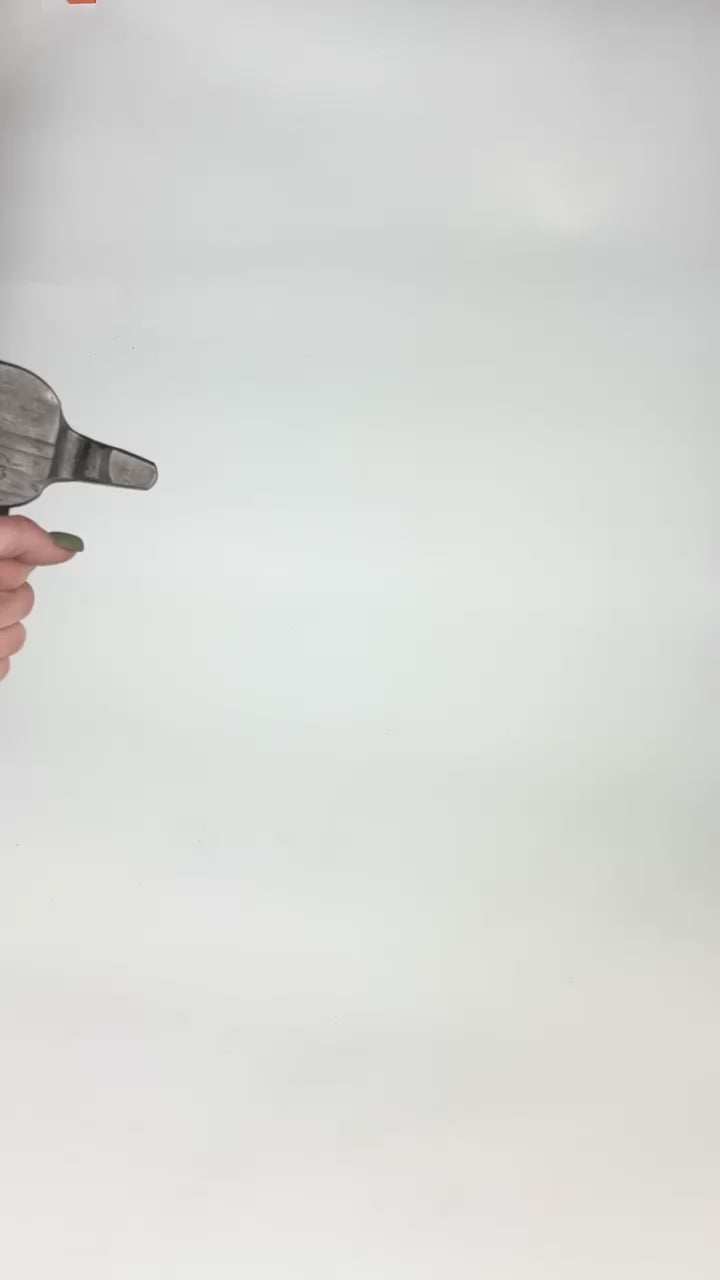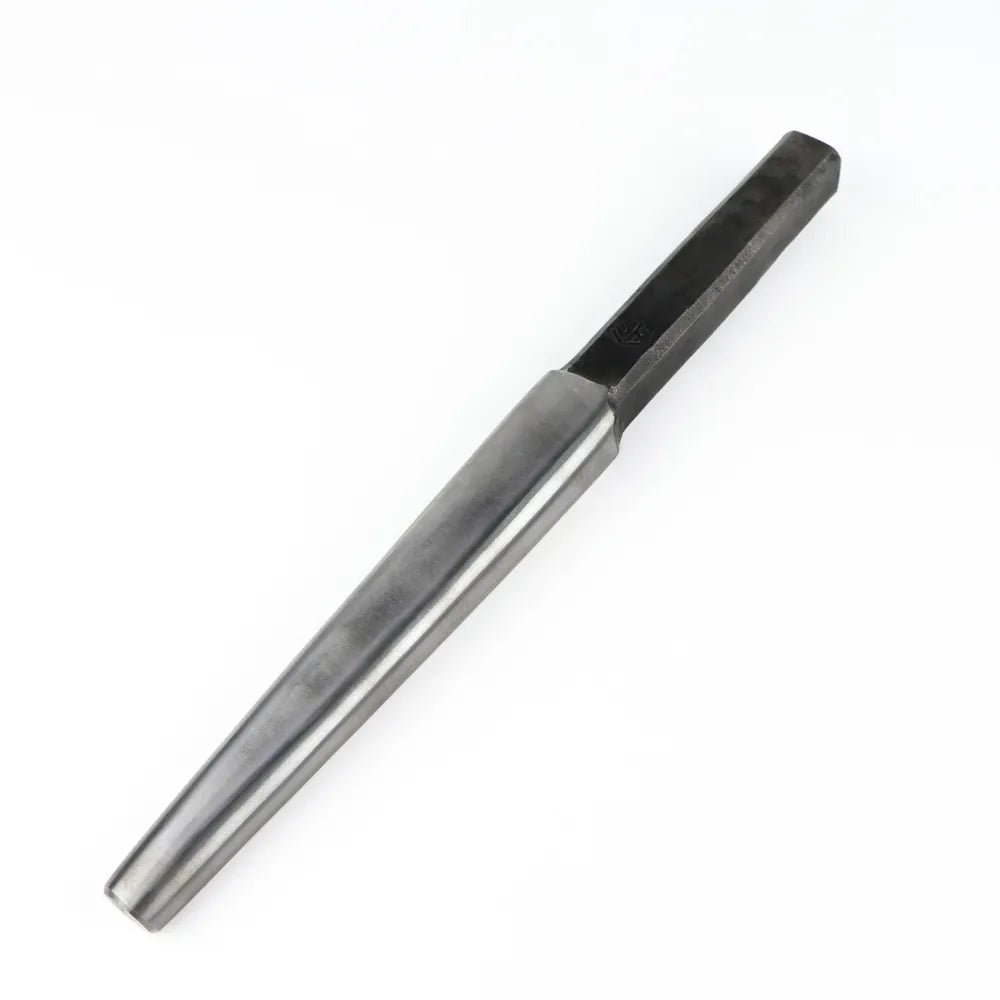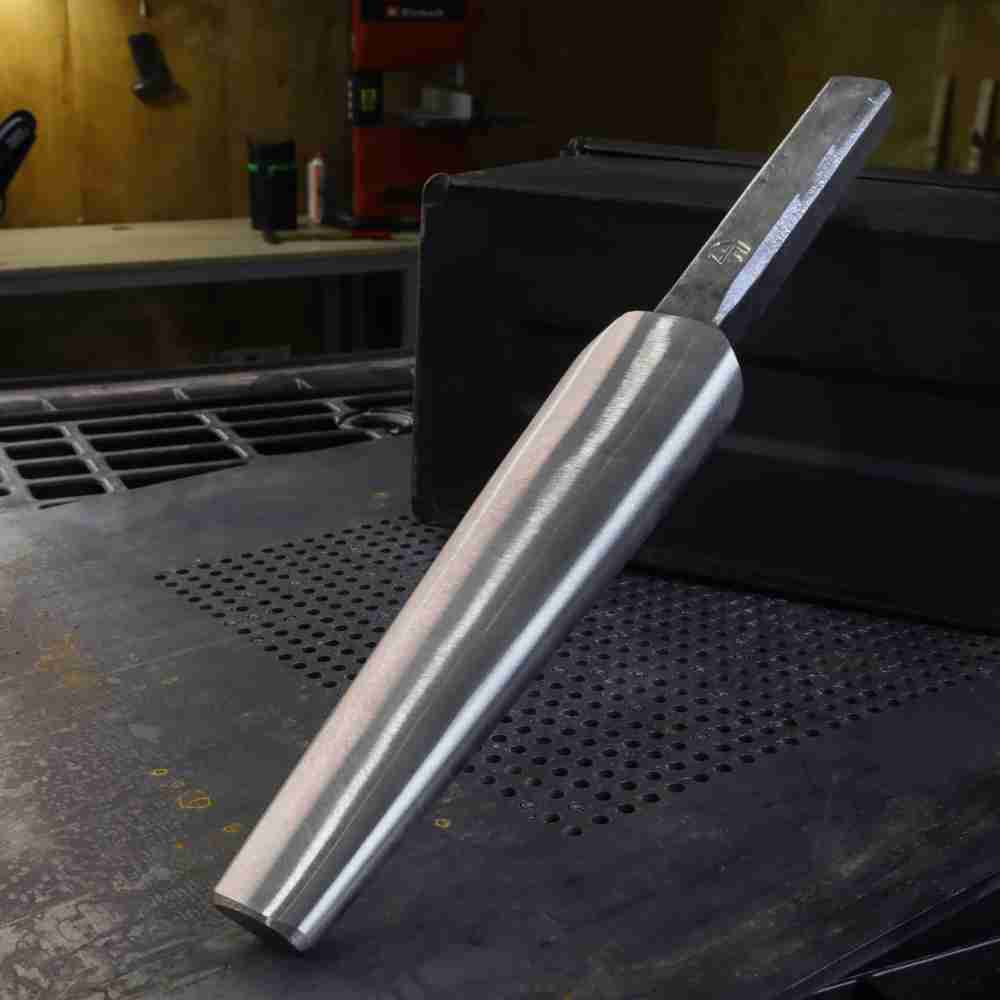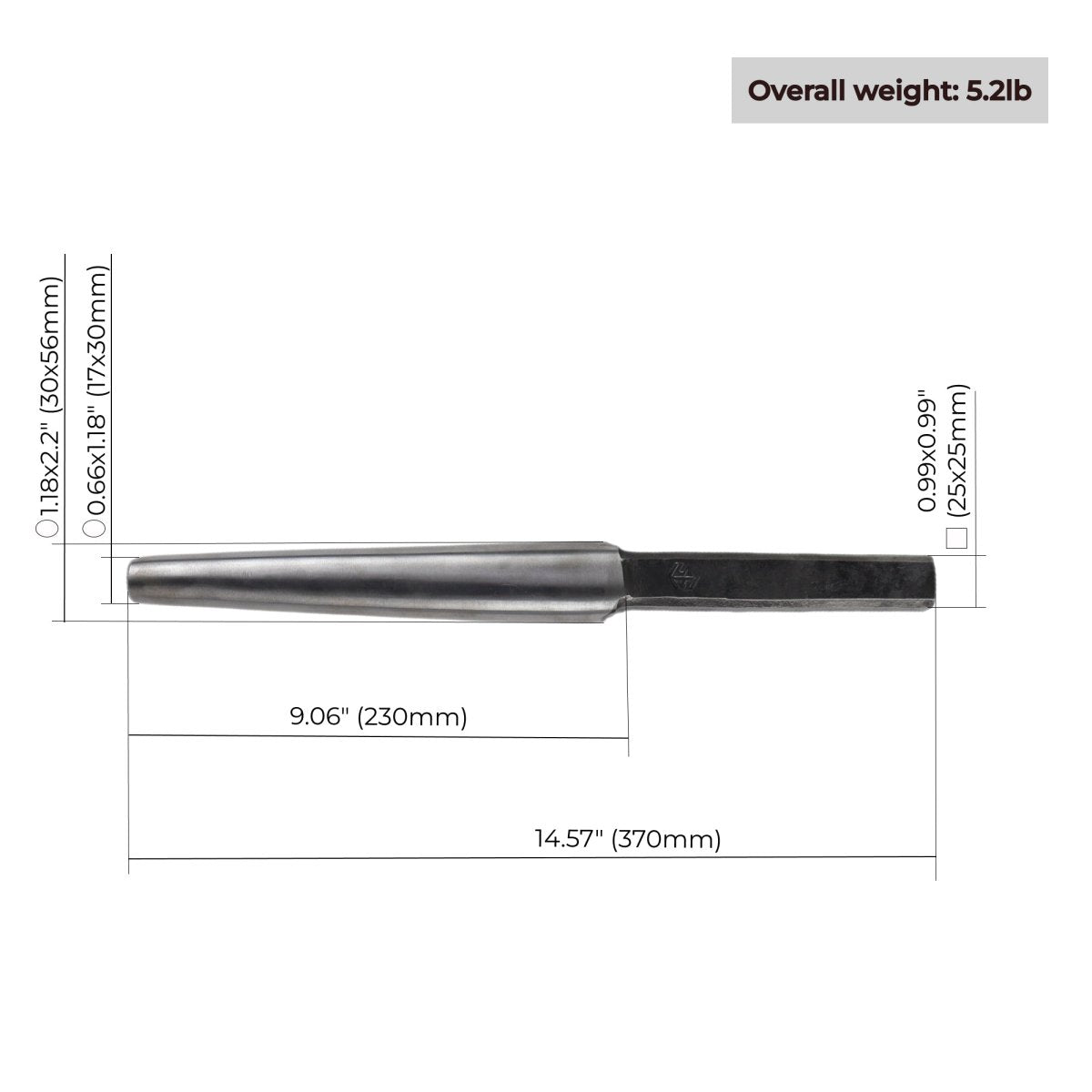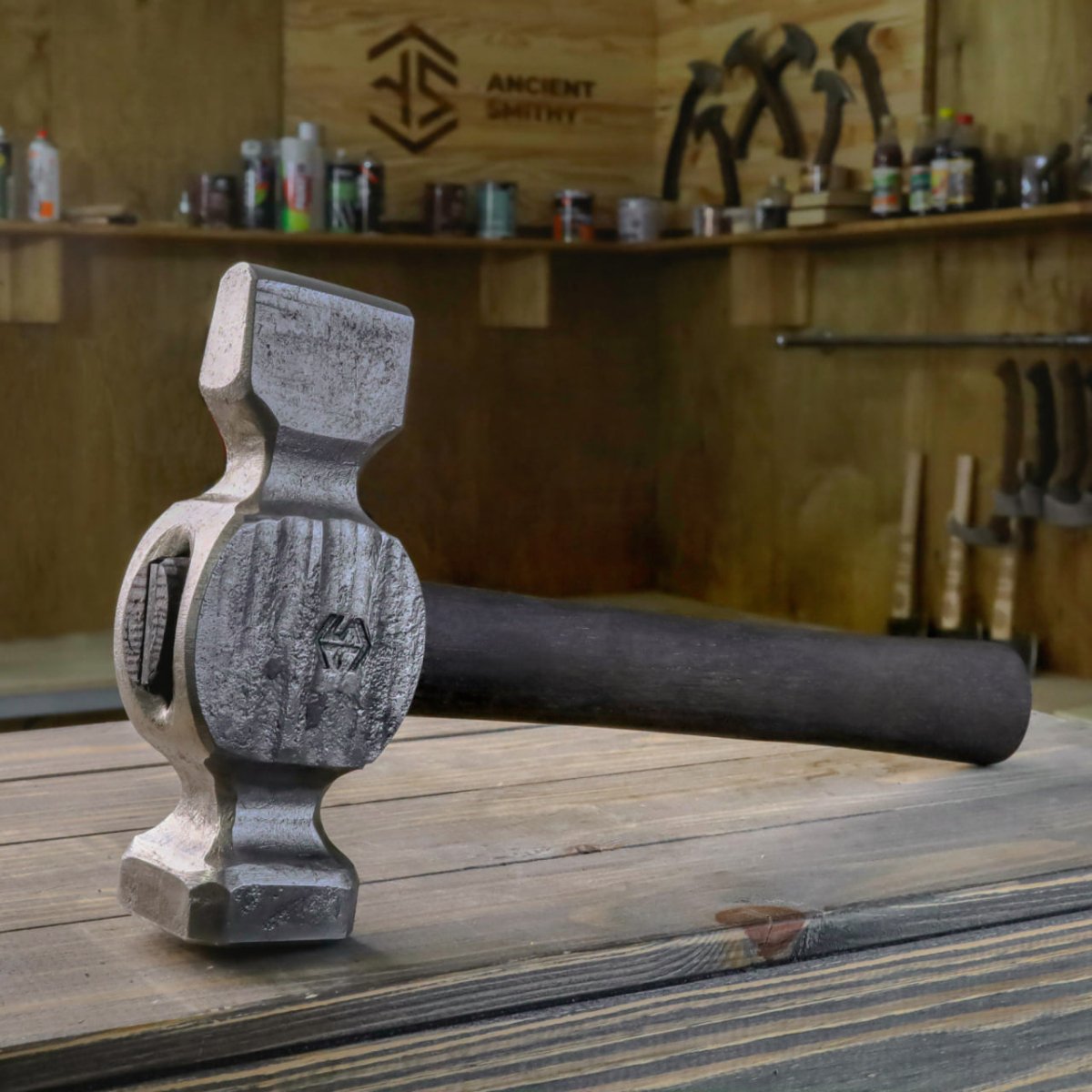
The Blacksmith’s Hammer: Choosing the Right Shape and Weight for Your Work
Every blacksmith knows – the hammer is more than a tool. It’s the heart of the forge, an extension of the craftsman’s own hand. The right hammer transforms raw metal into art, precision, and strength. But with so many shapes and weights available, choosing the right one for your work can be daunting.
Whether you’re a beginner striking your first heat or an experienced smith refining a blade’s edge, understanding hammer design is essential for both efficiency and comfort.
Understanding Hammer Shapes and Their Purpose
Each hammer design serves a unique purpose – from shaping and drawing to smoothing and cutting. The geometry of the face, peen, and handle all influence how the force of each strike transfers into the workpiece.
A rounded face allows controlled spreading and smooth transitions, while a flat or square face helps refine surfaces and maintain precision. Similarly, the shape and orientation of the peen – whether cross, straight, or diagonal – determine the direction in which the metal flows. Even the handle length and curvature play a role, affecting balance, control, and comfort during long forging sessions.
Double-Headed Round Hammers
Balanced and versatile, double-headed round hammers feature two identical faces – one flat, one slightly crowned – perfect for general forging, drawing, and smoothing metal.

Our Double Headed Round Hammer with Round Flat Faces and Japanese Blacksmith Double Headed Round Hammer are ideal for controlled, even strikes and repetitive work. Their symmetry distributes impact evenly, reducing wrist fatigue and improving precision over long sessions.
Peen Hammers (Straight, Cross, and Diagonal)
Peen hammers are indispensable for shaping metal in specific directions.
-
Straight Peen Hammer – ideal for drawing out metal lengthwise. The narrow peen runs parallel to the handle, allowing directional stretching and forming of tapers or shoulders.
-
Cross Peen Hammer – the most common choice for general blacksmithing. Its peen runs perpendicular to the handle, making it perfect for spreading metal sideways or forging bevels on blades.
-
Diagonal Peen Hammer – a variation designed for angled work or tight corners, providing greater control in confined areas.
These hammers excel when detail and precision are key, giving the smith maximum versatility for shaping workpieces.
Dog Head Hammer
Recognizable by its asymmetric head, the Dog Head Hammer delivers power and control. Designed for single-handed use, its forward-weighted shape focuses the energy of each blow, making it perfect for fine control when forging blades, chisels, and detailed tools.

Favored by Japanese and Western smiths alike, it’s a favorite for smithing because it naturally encourages a straight wrist motion and reduces strain.
Flatter Hammer
The Blacksmith Flatter Hammer is used to smooth and refine forged surfaces after shaping. With its broad, flat face, it removes hammer marks and creates a clean, uniform finish.
It’s often used in combination with a striker or power hammer – one person holds the flatter against the workpiece while another delivers the blow.
If your goal is perfection in surface finish, the flatter hammer is an indispensable addition to your forge.
Hot Cut Hammer
Designed for cutting hot metal without a chisel, the Hot Cut Hammer has a sharp, narrow edge that allows clean cuts through softened steel. It’s particularly useful for cutting bars, trimming stock, or isolating material before forging details.

It saves time, improves control, and reduces tool wear – a must-have for smiths who regularly work with bar stock.
Rounding Hammers (Square-Circle Type)
Our Square Circle Rounding Hammer offers two functional faces – a flat surface for smoothing and a slightly domed side for controlled drawing and blending.
Rounding hammers are versatile, well-balanced, and perfect for general forging. The domed face helps direct metal flow with each strike, while the flat face finishes the surface smoothly.

This hammer type is ideal for beginners and professionals alike – powerful, ergonomic, and forgiving on long sessions.
Choosing the Right Weight
Hammer weight greatly affects comfort and efficiency.
-
Lighter hammers (1-2 lbs / 0.5-1 kg) are best for fine forging, blade shaping, and precision work.
-
Medium hammers (2-3 lbs / 1-1.5 kg) suit most general-purpose forging tasks.
-
Heavy hammers (3-4.5 lbs / 1.5-2 kg) are used for drawing out large stock or heavy industrial forging.
When choosing a hammer, it’s not just about power – it’s about control. A hammer that’s too heavy will cause fatigue, while one that’s too light may lack impact. The right balance is one that feels natural in your hand and moves with rhythm, not resistance.
Handle Materials and Ergonomics
The handle is as important as the head. Most blacksmiths prefer ash or hickory wood for their natural shock absorption and balance. Some modern hammers, like our Japanese-inspired models, feature reinforced wooden handles treated with oil for added durability.
Handles should be well-fitted, with a secure wedge and comfortable grip. Regularly oiling the handle helps prevent drying and cracking.
The Heart of the Forge
Every strike carries not just force, but intent. The hammer you choose defines your rhythm, precision, and endurance at the anvil.
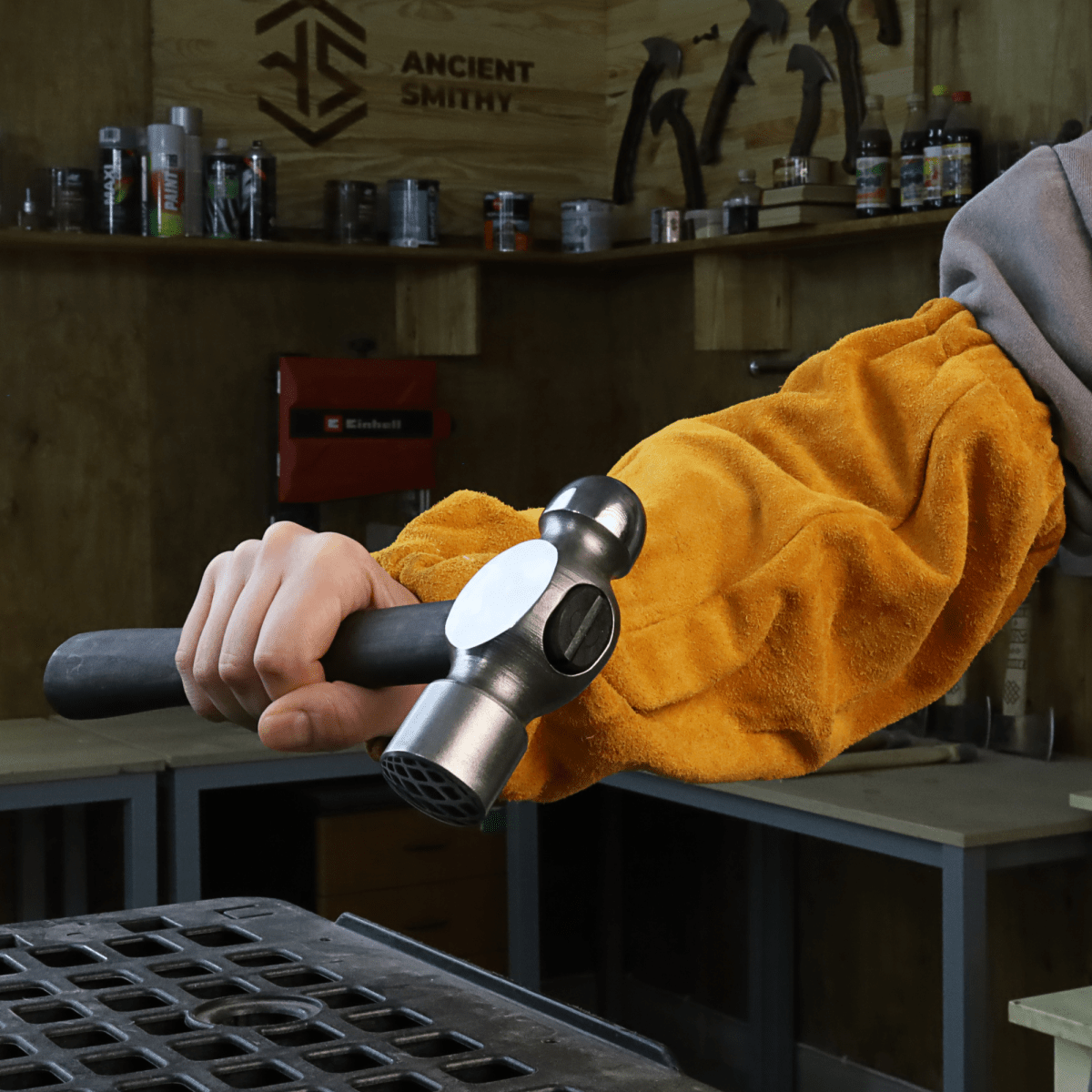
At AncientSmithy, each of our blacksmith hammers – from the Dog Head Hammer to the Japanese Double-Headed Round Hammer – is hand-forged with balance, durability, and tradition in mind.
Whether you’re shaping iron, refining steel, or crafting blades, our tools are designed to work as hard as you do.





